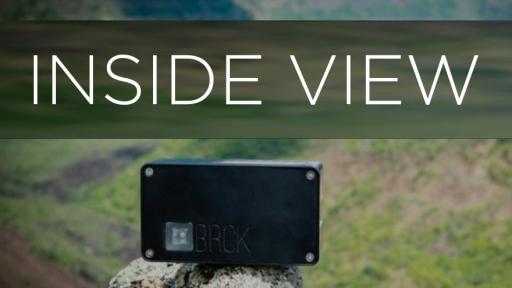What does an idea look like?

An idea – the spark of genius, the synapse of creativity, the moment you realise the value of what you had all along – that’s the springboard of this year’s Design Indaba.
While many conferences revolve around a highly paid guru who maps out a step-by-step route to success, the Design Indaba prefers a reverse takeover: Putting you in charge.
With every fascinating creative who steps (or somersaults, in some cases) onstage it becomes obvious how very different each one is: Tobias Frere-Jones has designed over 500 typefaces for retail publication, custom clients and experimental research; Jaime Hayon’s made a global splash with bathrooms; Roger Martin researches global competitiveness, integrative thinking, business design and corporate citizenship.
As the speakers’ personal takes on life and design flow for three days - and the Indaba is essentially an immersion in the design zeitgeist rather than a one day dipstick – idiosyncratic and challenging concepts finally get their due.
You understand how simply a good idea can begin, and how it can end up – in ground-breaking galleries, international museums, around the necks of the stylish and the discerning. Making the lives of the disadvantaged, the ill and the homeless slightly easier.
Soon you ask yourself – why not me? Post-Indaba, delegates are inspired to follow their dreams. Could this be the real reason why some companies are loath to send their design whippersnappers to the event, protesting that it is too expensive? Actually, hearing about 50 of the best minds on the planet for R3995 is a snip – particularly when simulcasts for youth, generous reductions for MAPPP-SETA members, academics and group bookings can slash the entry fee to around R1000. Specialist presentations for only R375/session and the Design Indaba Expo for R40 or less make the Indaba positively a hotbed of dangerous ideas.
Attend, come what may, and explore what your own idea looks like. – Judy Bryant























